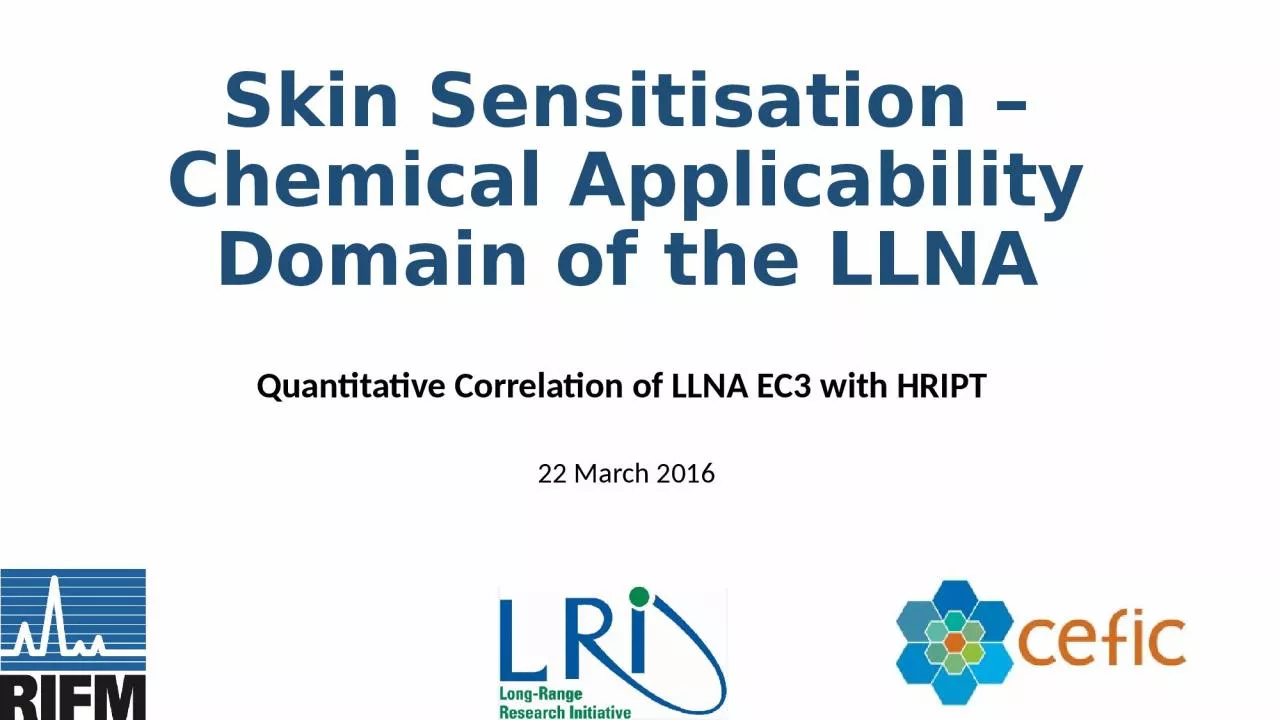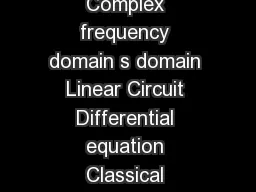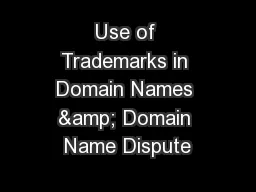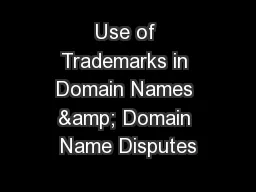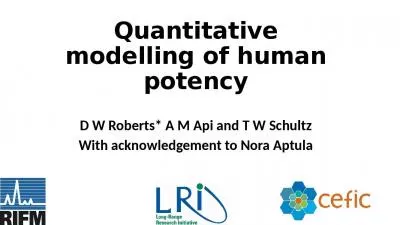PPT-Skin Sensitisation – Chemical Applicability Domain of the LLNA
Author : LuckyLadybug | Published Date : 2022-08-04
Quantitative Correlation of LLNA EC3 with HRIPT 22 March 2016 Api Lalko and Basketter 2015 Correlation between experimental human and murine skin sensitization
Presentation Embed Code
Download Presentation
Download Presentation The PPT/PDF document "Skin Sensitisation – Chemical Applicab..." is the property of its rightful owner. Permission is granted to download and print the materials on this website for personal, non-commercial use only, and to display it on your personal computer provided you do not modify the materials and that you retain all copyright notices contained in the materials. By downloading content from our website, you accept the terms of this agreement.
Skin Sensitisation – Chemical Applicability Domain of the LLNA: Transcript
Download Rules Of Document
"Skin Sensitisation – Chemical Applicability Domain of the LLNA"The content belongs to its owner. You may download and print it for personal use, without modification, and keep all copyright notices. By downloading, you agree to these terms.
Related Documents

